England, Lake District, 2016
We first visited the Lake District BC (Before Children), influenced in our choice by the English Romantic poets we’d studied at Uni. We came straight from Switzerland, but the height difference didn’t bother me at all and neither did the lack of a jagged, diamond-shaped summit.
We climbed many peaks that first trip; I climbed more later as an athlete training and competing in the area (not many more, actually: I was like a record stuck in the groove of running from Derwent Water up Cat Bells to Dale Head each day. I couldn’t get enough of that particular view. It seemed the perfect workout). Meanwhile, we had fallen in love with the sensitivity to nature and the sense of humour of a guy called Alfred Wainwright whose Coast to Coast and The Penine Way books we’d chucklingly devoured when we did those walks, so we now bought the whole of his collection on the English peaks, called after him, the Wainwrights. A Wainwright is, quite simply, a mountain that has made it into his books. It seems that a lot more people than just us liked this guy’s taste when it came to beauty.
After I bought the books (2012), I began ticking in the index at the back the ones I’d climbed. Uh oh. You guessed. I decided I wanted no black spaces in those indexes. I became a collector of Wainwrights. 2014 was the first trip where I actually began systematically to mop up spare mountains lying, accidentally neglected, about the place. I continued my cleaning operations last year and again this year, managing around 35 or so new mountains each eight-day visit.
A wonderful aspect of this completing game, both in Tasmania and England, is that it propels you to climb peaks that you might otherwise dismiss as being too easy, too foreboding, too boring or too far away. They must all be climbed, and ultimately, each one, however dull it may seem before you get to meet it properly, has a story which is worth knowing. So, in 2014 I found myself climbing mountains that had looked formidably steep or high from face on. Both abroad and at home, I have had to have a massive redefinition of “can’t do”. With map and compass I go out in any weather; after all, clouds are interesting, and mist is wonderfully moody. There’s a Wuthering Heights-type wildness up there alone in the windswept tops by yourself.
I am now in the endgame of this mission. This 2016 trip was carefully planned, and next year’s trip is mapped out already. I know the order in which I’ll climb my remaining peaks, and the particular base I’ll use for each cluster.
My favourite mountain this year was Blencathra, full of drama and mystique, shrouded in thick cloud. A popular mountain due to its height and bulk, I had it all to myself that day (as long as you don’t count sheep). The monster drop over the sharp edge of the summit ridge, should you get careless and accidentally step off the mountain, would be every bit as deadly as falling off the Matterhorn (I am not actually sure how people manage to accidentally step off a mountain, even in thick mist, but I have a friend who died that way, so it is possible, even if beyond my comprehension).
My two favourite routes were the Kentmere Seven (in which I climbed eight, so I’m not sure which one gets kicked out of the in-group), and a route I did above Ullswater that took in Arthurs Pike, Bonscale Pike, Loadpot Hill, Wether Hill, (Brownthwaite Crag), Steel Knotts and Hallin Fell (starting from Sharrow Bay), with brilliant vistas nearly the whole way. For all routes, I was back at base for lunch with my husband who had left home so stressed that not even the beauty of England and removal from his work could help him regain his composure. Sadly, he only climbed three of my thirty-seven mountains, and spent many days sleeping. He was anxious and uncomfortable away from home, and wanted to return, so I arranged for him to go back early. It is with huge sadness that I realise this was probably our last attempt at travelling together. He was always an intrepid adventurer, but now his illness is catching up with him. Thank goodness we did so very much together while we could.
Post script. I have realised, a week after publishing this, that I have not expressed my gratitude to a person I have never met, but to whom I am greatly indebted in this venture: David Hall of http://www.davidhalllakedistrictwalks.co.uk. The old name for his site was walkthefells. David publishes his various routes up each fell (with times and distances), and gives advice on parking. Not knowing the area, I find his parking hints to be indispensable, and his routes always make interesting (map) reading. I love staring at maps, imagining myself walking along the route indicated by the colourful line crossing its features. His pictures are wonderful. The site makes great browsing, even if you don’t ever want to visit the Lakes.
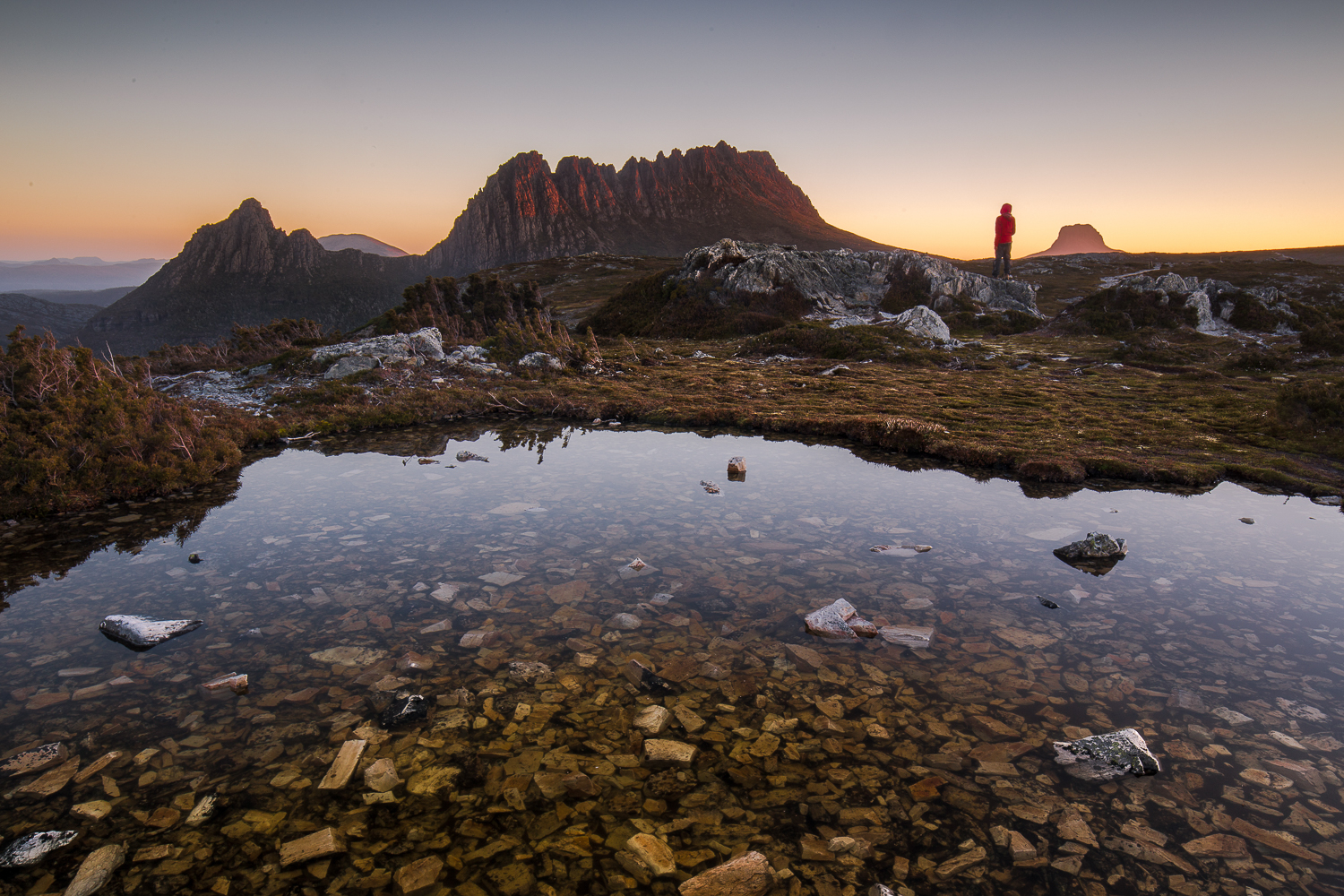
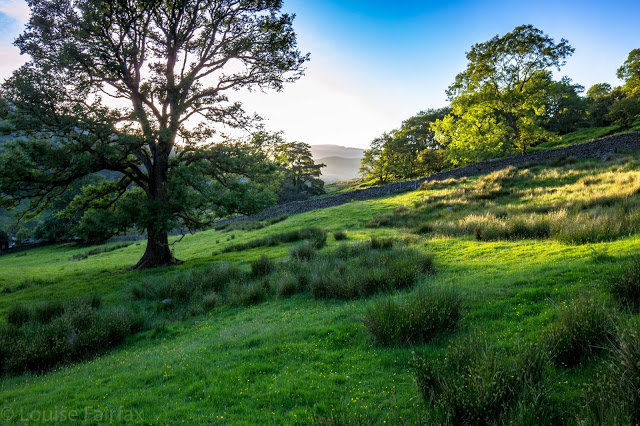
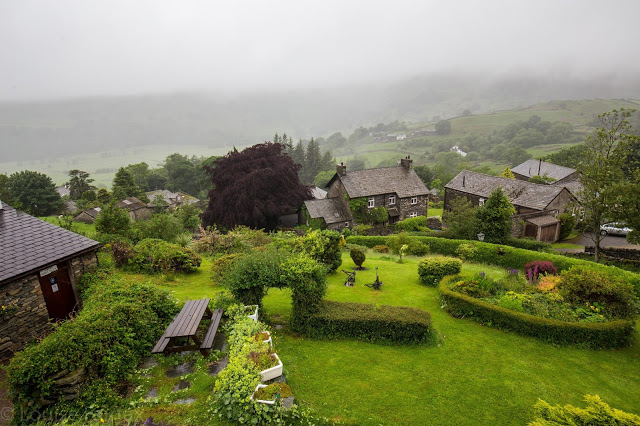
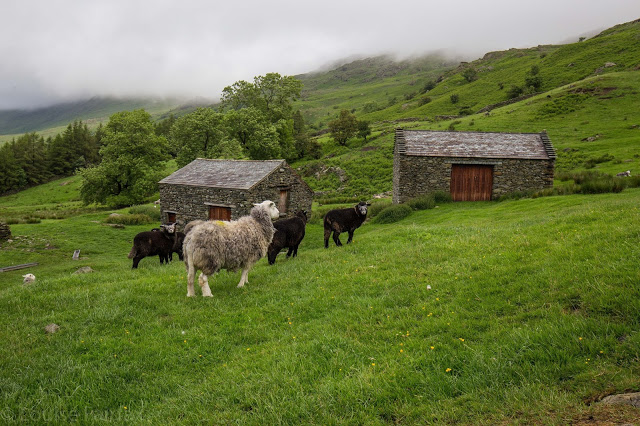
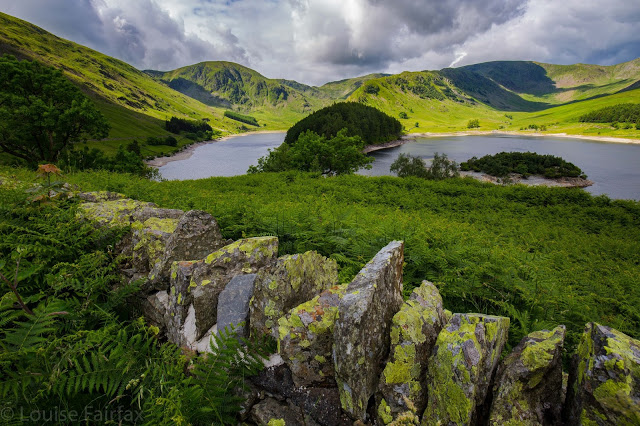
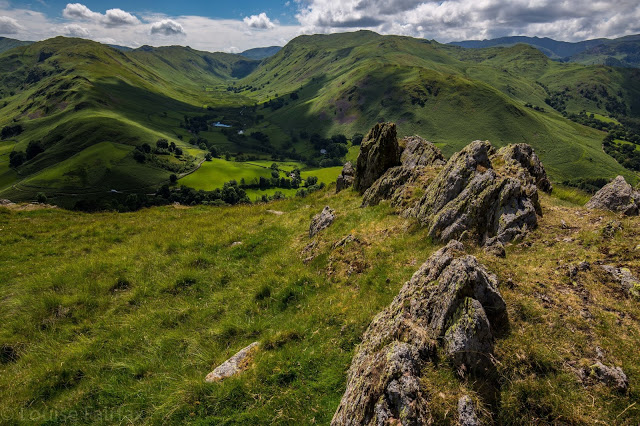
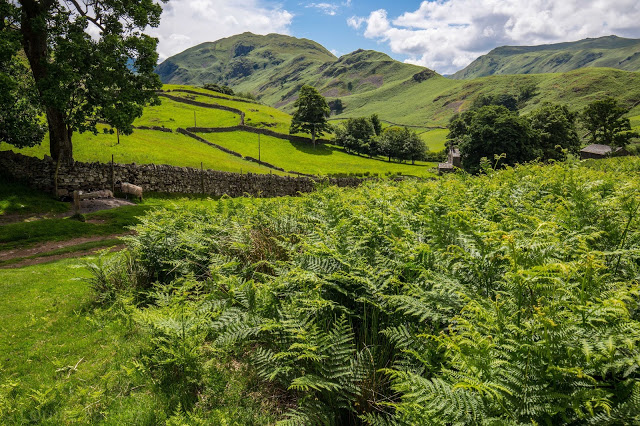
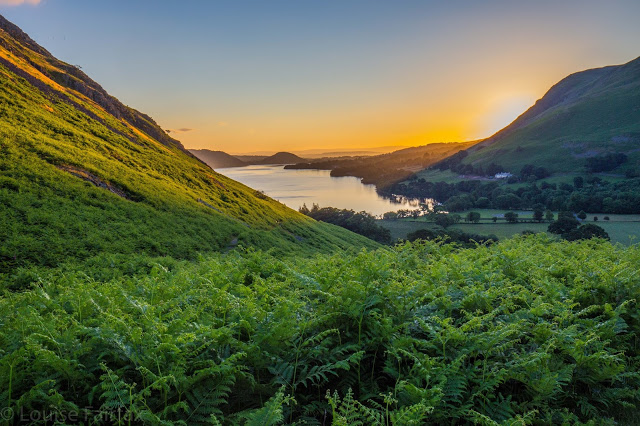
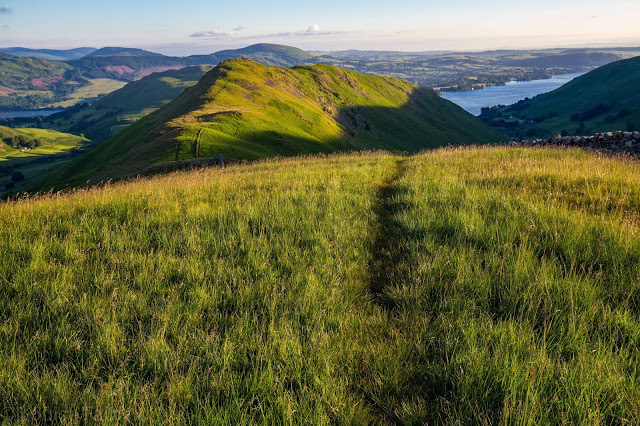
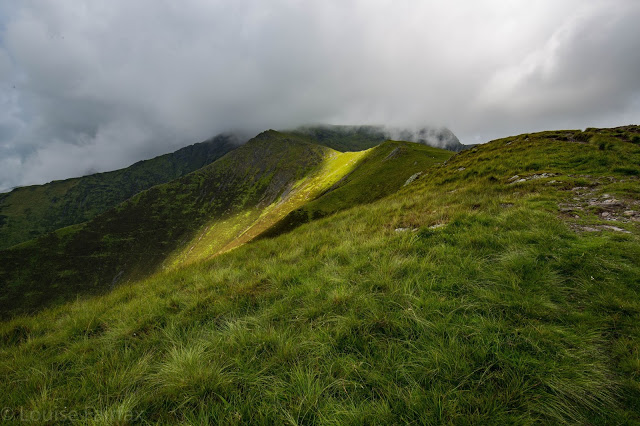
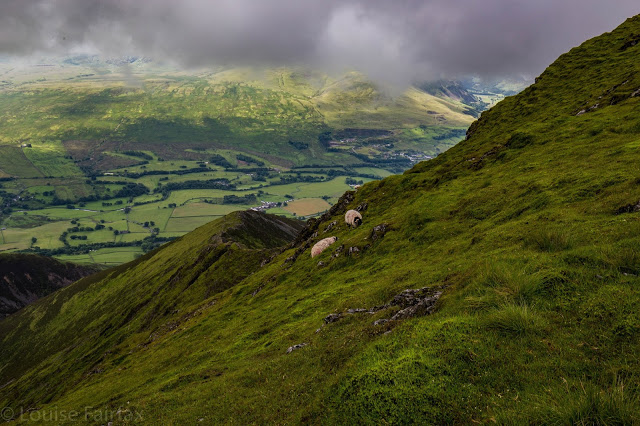
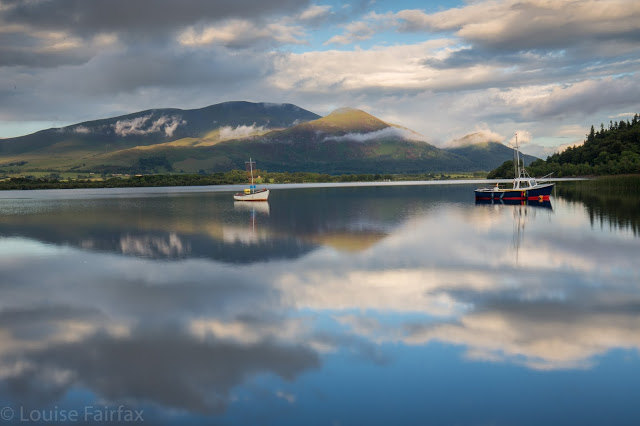
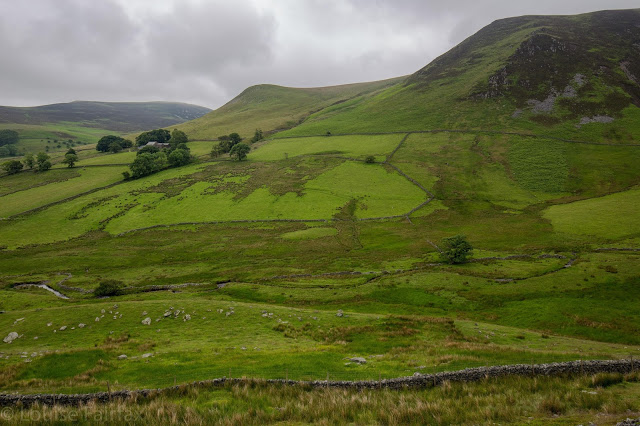
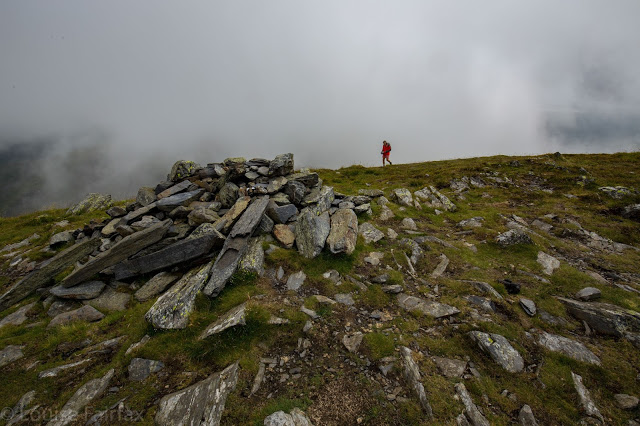
A remarkable visit to the UK , Louise! Perhaps I should start training to join you on your final climb next year..?
Go for it Sara. What fun. I have chosen a very little fell for my last one so that people not used to climbing can be part of the fun if they wish to join in.
Hi Louise, Will you share the dates as gets closer? Tempting idea!
Nina. Yes, I will publish the dates later on, so feel free to join in 🙂 Cheers,
Louise
This comment has been removed by a blog administrator.